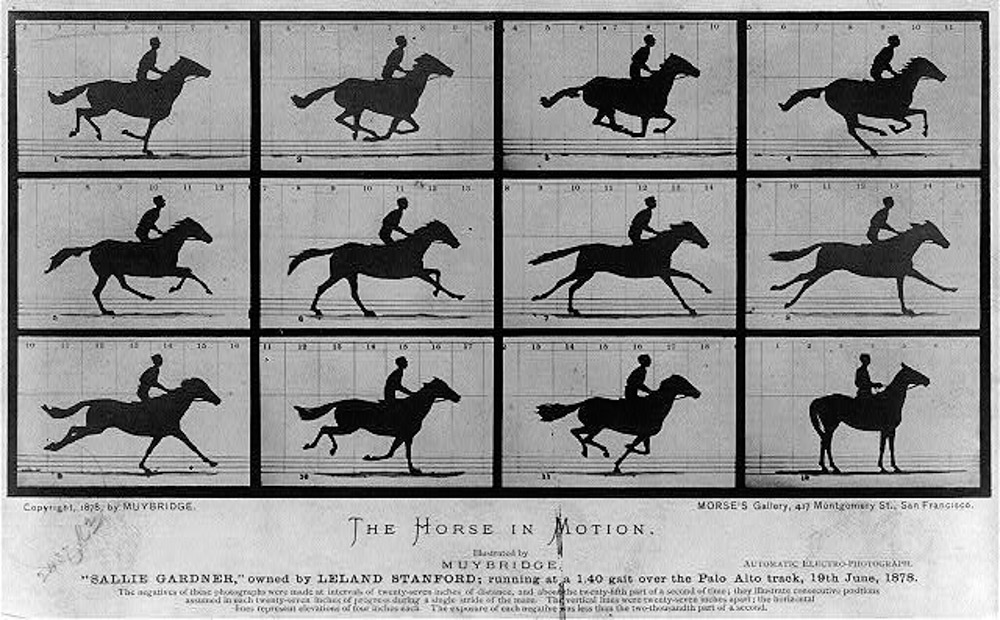»The Horse in Motion«: Horses in Motion on Coins of Corinth and Maroneia
DOI:
https://doi.org/10.17879/ozean-2022-4564Abstract
(Winged) horses are a popular motif on Greek coinage. Especially Corinth and Maroneia chose this depiction in the Archaic and Classic period. But there are different local meanings behind these stampings. On one hand, we have Corinth, the place where the mythological creature, the winged horse Pegasos was tamed at the fountain Peirene. Maroneia is, on the other hand, a polis in Thrace, which is known for breeding horses and selling wine. But these two cities have already one thing in common, the riders or trainers are not part of the depiction.
Next to the regional relevance of horses, the overall aim of this research is to study movements of horses. With careful observation it becomes clear that these captured motions on coinages are going beyond usual gaits like trotting or galloping; actually, these coins are showing parading horses with their exaggerated walk or rearing.
For the analysis of the coins, paragraphs of Xenophons (430/425–354 BC) »On horsemanship« is compared to the picture series of Eadweard Muybridges’ »The animal in locomotion« (1878) to insure a classification of the various gaits on ancient stampings.

Downloads
Published
How to Cite
Issue
Section
License
Copyright (c) 2022 Oliwia A. Ullrich

This work is licensed under a Creative Commons Attribution-NonCommercial-NoDerivatives 4.0 International License.

